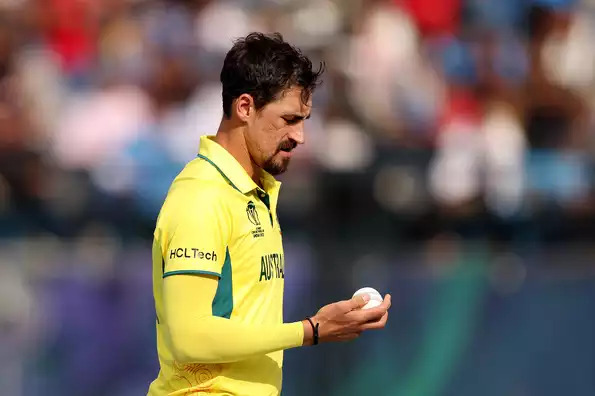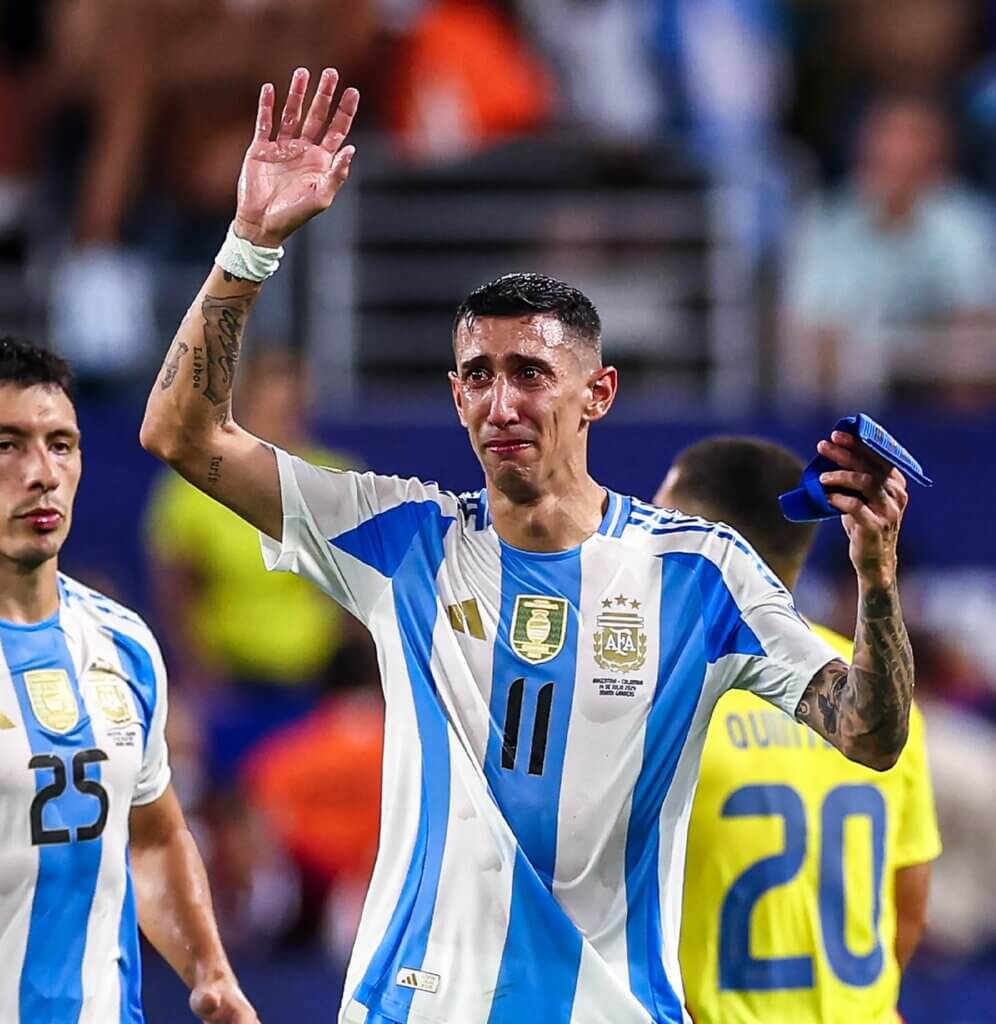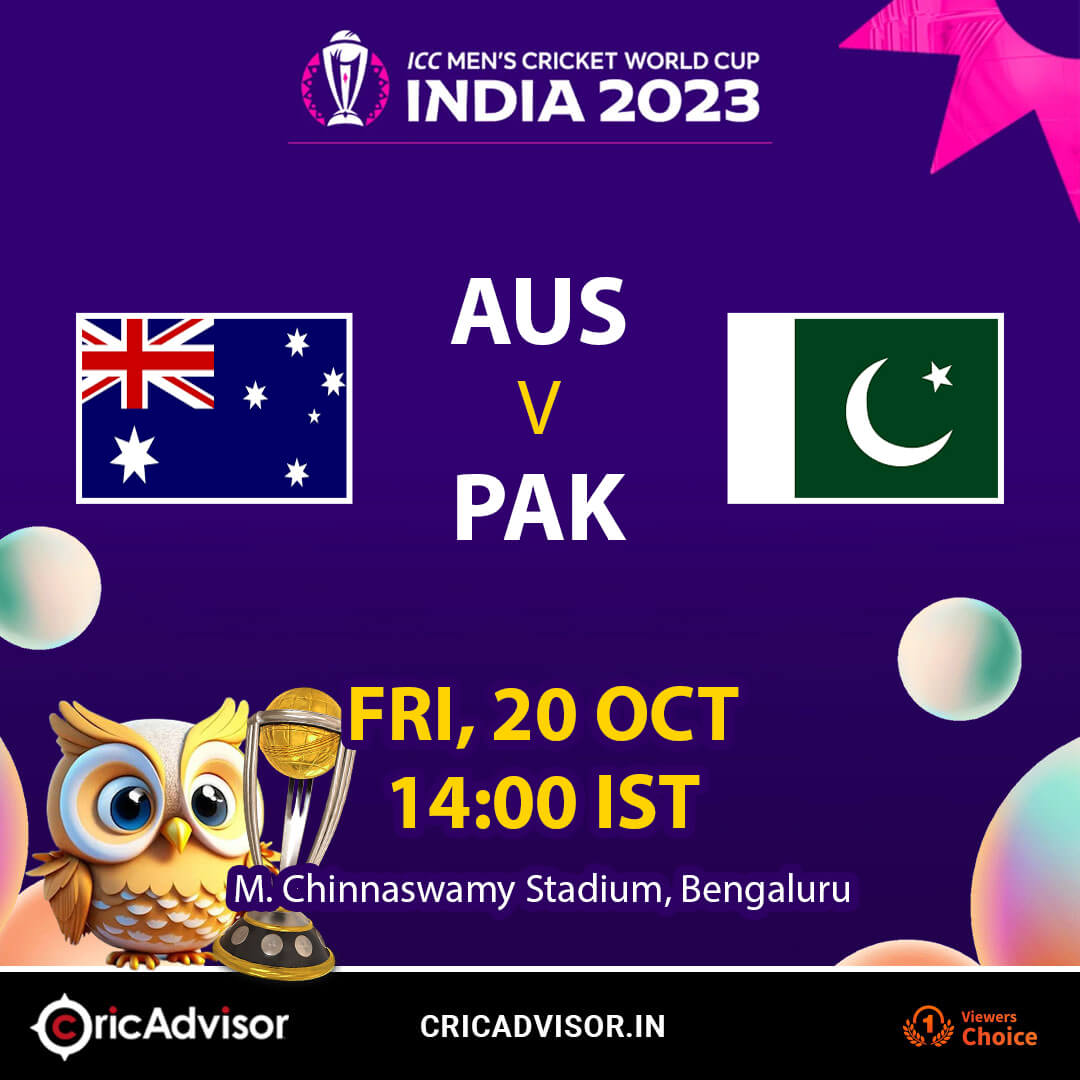
Mitchell Starc, five years after Sachin Tendulkar referred to the practice as a “certainty-squared recipe for catastrophe,” has demanded that the governing bodies of ODI cricket eliminate the need for two new balls. Additionally, the practice of employing a single ball for the duration of a 50-over innings, as it was prior to the regulation alteration in October 2011. Tendulkar expressed regret on his Twitter account in June 2018 regarding the near-extinction of reverse swing, the fast bowlers’ most potent weapon in the dying overs for the majority of his own ODI career, due to the introduction of the two new balls. Starc, who has had a lackluster start to the World Cup, echoed the legend’s sentiments on Monday (November 13) when discussing the difficulties of fast bowling in India over the past six weeks.
“I still think it should be one ball not two…The ball stays harder for longer. As we’ve seen here, the grounds are quite small, wickets are flat. If anything in world cricket wickets have gotten flatter and I think if you look at some of that old footage when they bowled with one ball, reverse swing comes into it a lot more. That actually brings the bowlers back into the game, and I don’t think it’s any secret that one-day cricket and probably T20 cricket as well is a batter’s game and bowlers just have to hang on,” said Starc, whose 10 wickets in 8 matches during the tournament have come at 43.90 apiece and at an economy rate of 6.55.
Ironically, Starc played in only two ODIs when only one ball was in use during a one-day innings, having made his debut back in October 2010. And all the 117 ODIs since have been with a new ball at each end.
“Whether it changes or not or maybe it changes after I’m finished. But yeah, it definitely takes a little bit longer to find reverse swing. It’s not to say that it’s all gone. There’s certainly wickets or grounds that can create that reverse swing. I think just because of the two new balls at the start, I don’t think the balls swings any longer. They swing at the start and unless conditions suit, they don’t swing for very long at all. If anything they stay nicer for batsmen towards the end,” said Starc.
“So, with that one ball obviously there’s a chance to reverse. I think the dew that we’ve seen at some of these grounds through the tournament as well. contributes to potentially the lack of reverse swing with how wet some of the balls are getting, but in my opinion, I think one day cricket should be one ball.”
“I still think it should be one ball not two…The ball stays harder for longer. As we’ve seen here, the grounds are quite small, wickets are flat. If anything in world cricket wickets have gotten flatter and I think if you look at some of that old footage when they bowled with one ball, reverse swing comes into it a lot more. That actually brings the bowlers back into the game, and I don’t think it’s any secret that one-day cricket and probably T20 cricket as well is a batter’s game and bowlers just have to hang on,” said Starc, whose 10 wickets in 8 matches during the tournament have come at 43.90 apiece and at an economy rate of 6.55.
Ironically, Starc played in only two ODIs when only one ball was in use during a one-day innings, having made his debut back in October 2010. And all the 117 ODIs since have been with a new ball at each end.
“Whether it changes or not or maybe it changes after I’m finished. But yeah, it definitely takes a little bit longer to find reverse swing. It’s not to say that it’s all gone. There’s certainly wickets or grounds that can create that reverse swing. I think just because of the two new balls at the start, I don’t think the balls swings any longer. They swing at the start and unless conditions suit, they don’t swing for very long at all. If anything they stay nicer for batsmen towards the end,” said Starc.
“So, with that one ball obviously there’s a chance to reverse. I think the dew that we’ve seen at some of these grounds through the tournament as well. contributes to potentially the lack of reverse swing with how wet some of the balls are getting, but in my opinion, I think one day cricket should be one ball.”










